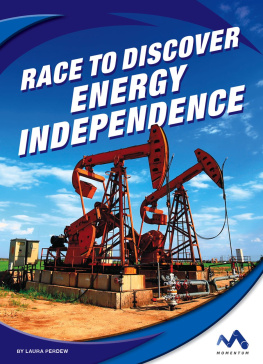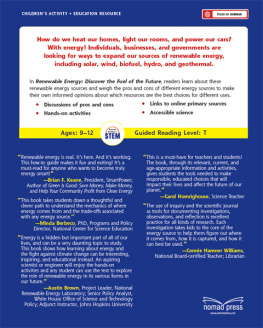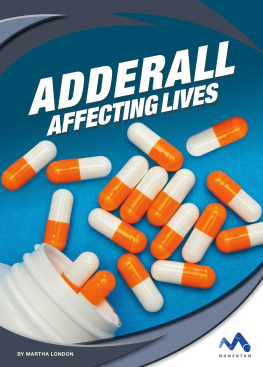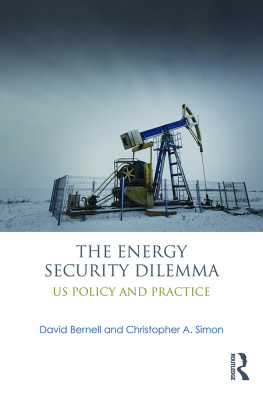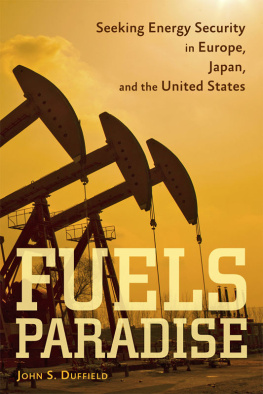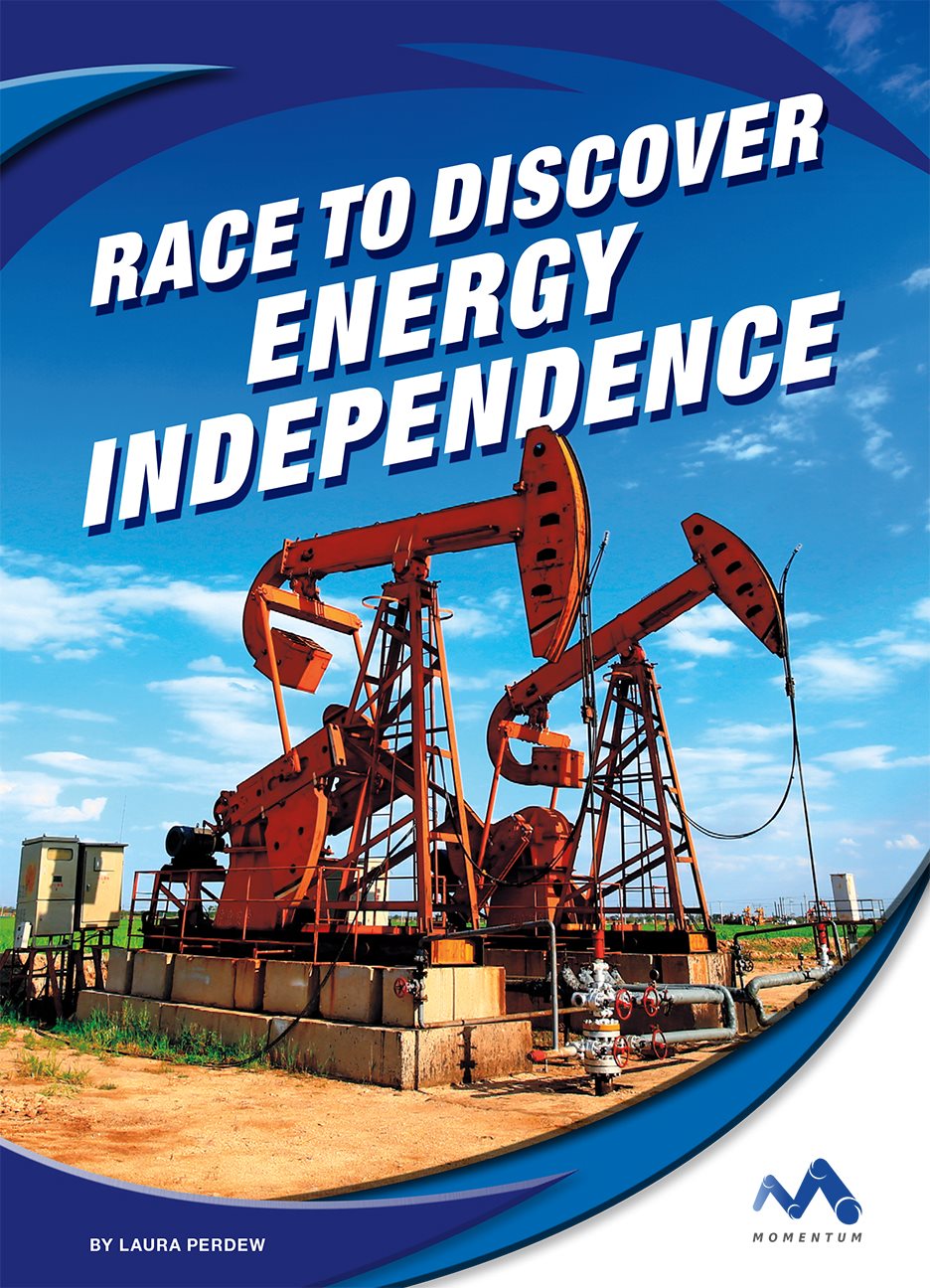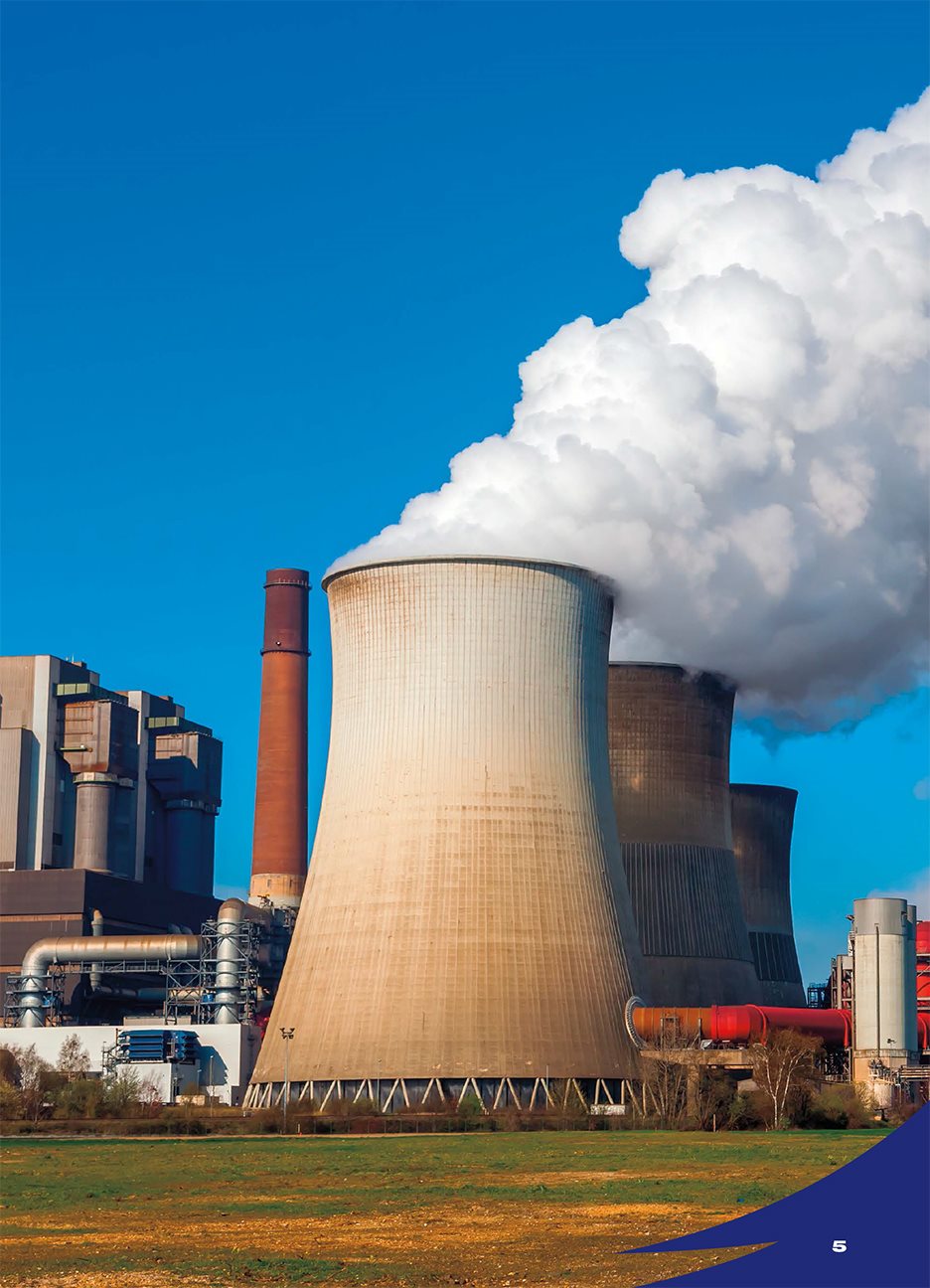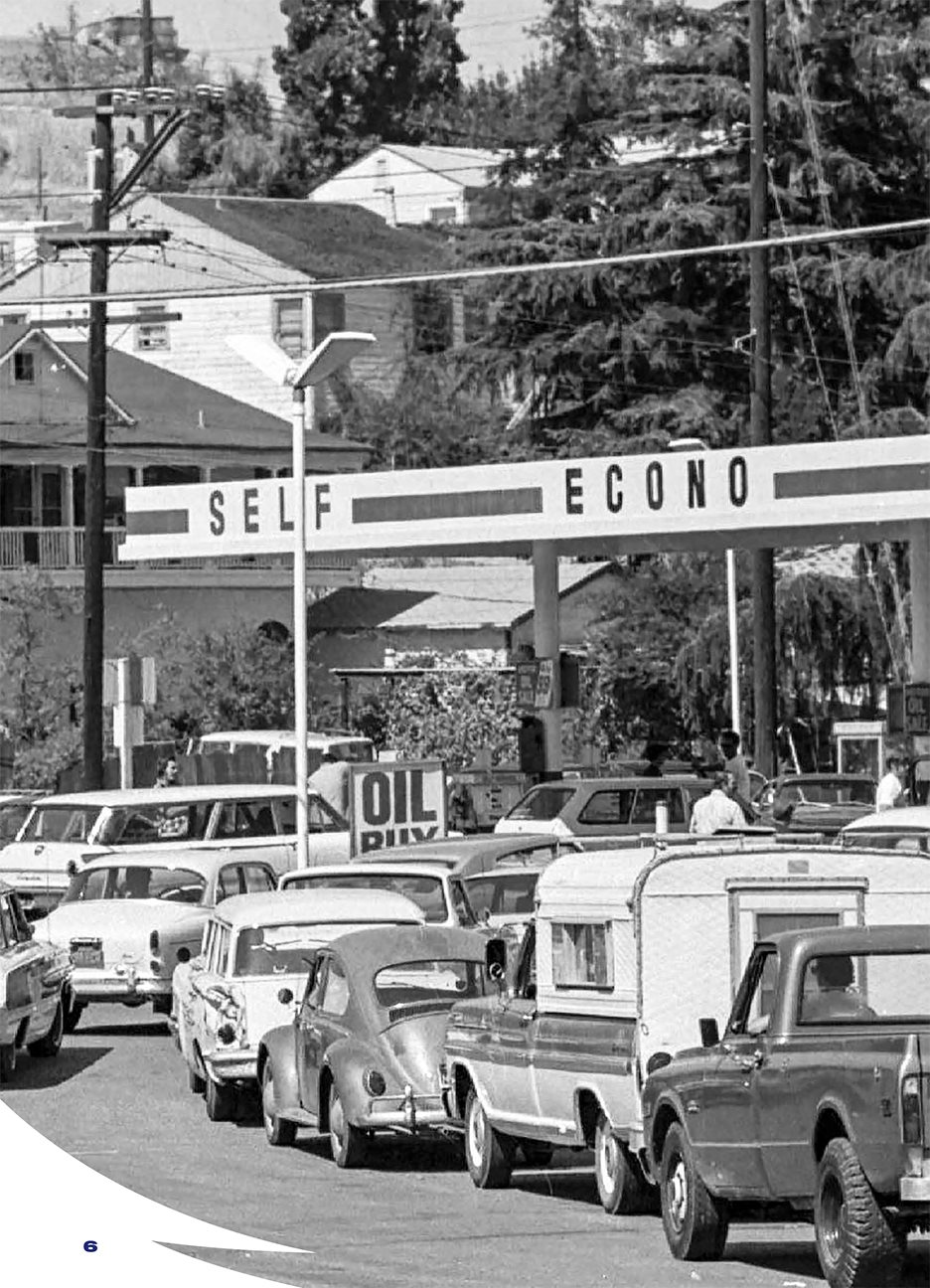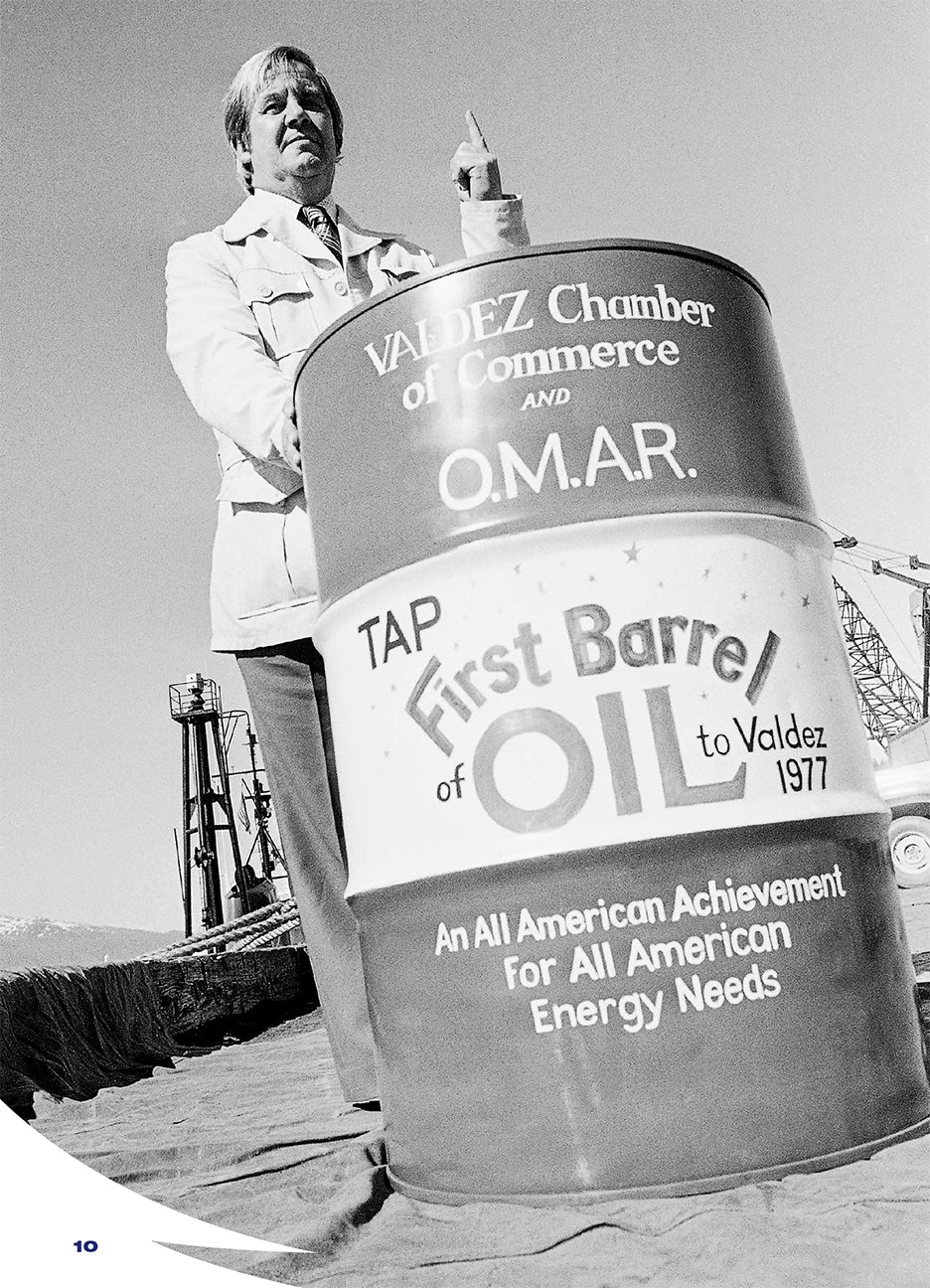Table of Contents
Guide
Published by The Childs World
1980 Lookout Drive Mankato, MN 56003-1705
800-599-READ www.childsworld.com
Photographs : Pan Demin/Shutterstock Images,
cover, 1; Christian Mueller/Shutterstock Images,
5; AP Images, 6, 10; Sam Chadwick/Shutterstock
Images, 12; Harvey Georges/URN:20686813/
Press Association/AP Images, 13; John Duricka/
AP Images, 14; iStockphoto, 16; Charlie Riedel/
AP Images, 19; Shutterstock Images, 20, 22;
Keith Srakocic/AP Images, 21; Fokke Baarssen/
Shutterstock Images, 24; Red Line Editorial,
25, 28; Alexandros Michailidis/Shutterstock
Images, 26
Copyright 2020 by The Childs World
All rights reserved. No part of this book may be
reproduced or utilized in any form or by any means
without written permission from the publisher.
ISBN 9781503832220
LCCN 2018962839
Printed in the United States of America
PA02421
ABOUT THE AUTHOR
Laura Perdew is the author of many nonfiction books for kids. Shes written about
a wide range of topics including animal rights, wetland conservation, extinction,
and biodiversity. When shes not writing, she can be found hiking and playing
where she lives in Boulder, Colorado, in a home with solar panels on the roof.
CONTENTS
MOMENTUM
FAST FACTS
Oil and the Energy Crises
Oil is a type of fossil fuel . It can be used to generate
electricity. It can also be made into gasoline.
For decades, the United States was dependent on oil to
generate electricity and run cars. In the past, it had to import
oil from other countries to meet peoples demand for it. When
the countries with oil stopped selling to the United States or
had reduced supplies, the United States didnt get enough oil
to meet peoples demands. This happened twice in the 1970s,
resulting in two different energy crises.
What Is Energy Independence?
If a country achieves energy independence, that means it
does not have to rely on any other country for energy sources.
The Dangers of Global Warming
Burning fossil fuels sends harmful gases into the air. These
gases trap heat in Earths atmosphere, which is made up
of gases that surround Earth. As a result, Earth is warming.
Global warming is causing many problems including
melting polar ice and rising sea levels.
People burn fossil fuels, such as coal, for energy.
CHAPTER ONE
AN ENERGY
CRISIS
J
ulie sat in the back of the car and looked out the window.
Before her was a long line of cars that stretched down the
road, waiting to get gas at the nearby station. Julie could hardly
believe her eyes. Shed never seen so many cars waiting for gas,
and there had never been a line before. Usually, her family pulled
up to the pump, her mom filled up the car for less than 40 cents
per gallon, and they were off. But that October day in 1973, they
had to wait and wait.
She heard her mom say that at least the station had gas.
Some stations had signs out front saying, Sorry, NO GAS.
There were reports of people fighting over it, and some people
had even hoarded gas. Limited amounts were given to people.
During the first energy crisis in the 1970s, people
waited for a long time to get gas for their cars.
Without enough gas and oil, people worried about how
they would heat their homes in the winter. Not only was there a
shortage, but the cost of oil and gas quadrupled by January 1974.
Stories about the energy crisis were all over the news and
radio. It seemed like it was all anyone talked about. Julie heard
that countries in the Middle East that usually sold oil to the United
States had stopped because they were angry at the United
States. This embargo was because the United States decided
to support the country of Israel in the Middle East. At the time,
Israel was in a war with Syria and Egypt, other countries in the
Middle East.
AMERICAS ADDICTION
For decades, oil has been the main source of energy in the
United States. By 1927, the United States had more cars per
person than anywhere else in the world, and oil was used
to make gasoline. The number of cars in the United States
continued to grow. In addition, more people used oil or gas
to heat or air condition their homes. By 1973, Americans
consumed more than 30 percent of all the energy in the
world, even though the country only had 6 percent of the
worlds population.
It was hard to believe that a war on the other side of the world
and politics in Washington, DC, were what made Julie and her
family worry about energy. Julie saw President Richard Nixon on
television a couple of times that November in 1973. He said that
people had to use less energy. Every American was asked to use
less heat, electricity, and gasoline. The president even talked
about driving slower on the highways to save gas.
Nixon also announced a plan to make sure people in the
United States wouldnt have to worry about energy ever again.
He called it Project Independence. Project Independence 1980
is a series of plans and goals set to [ensure] that by the end of
this decade, Americans will not have to rely on any source of
energy beyond our own, he said. Nixon didnt want the United
States to rely on other countries for oil. He said, As far as energy
is concerned, this means we will hold our fate and our future in
our hands alone. As we look to the future, we can do so, confident
that the energy crisis will be resolved not only for our time but for
all time. The race to discover energy independence had begun.

